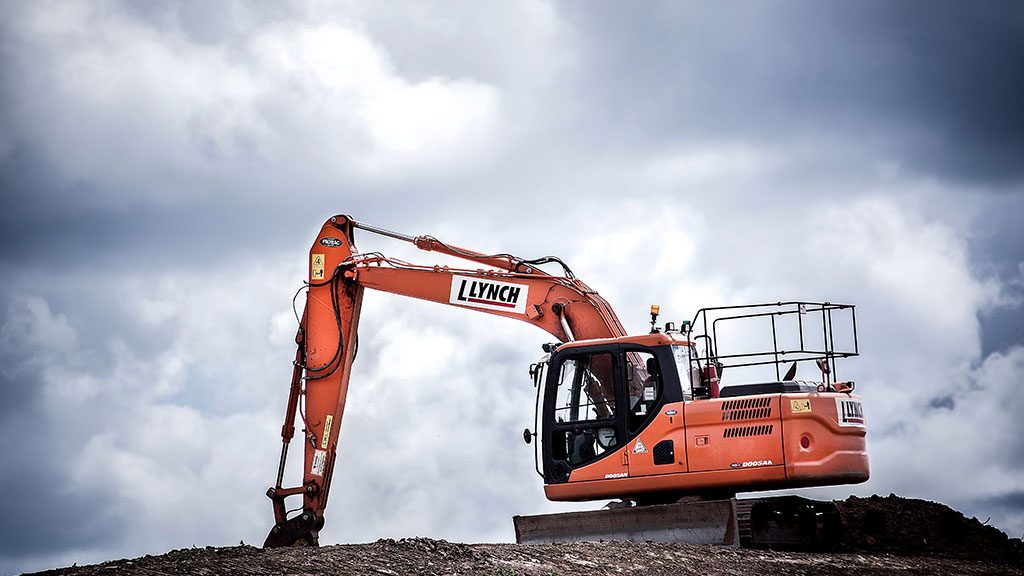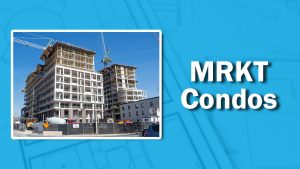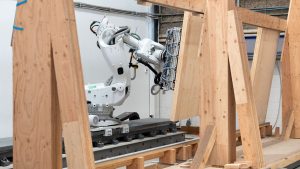Drones can provide more than pretty aerial pictures of a construction site — surveying/mapping sites is just a start to their potential use.
One of the big users, design giant Stantec has 28 licenced pilots operating drones in a number of countries doing photography and photogrammetry of brownfields, oil/gas and transportation mapping.
On one project, high resolution images have been taken of a site remediation project over time.
The objective is to determine if “we are actually getting the soil excavation done to the right size,” Kevin Grover of Stantec, told a packed seminar on emerging technologies at the Canadian Brownfields Network conference (CBN) recently in Toronto.
He said computer software photographs taken of a site over time can be stitched together using traditional photogrammetry to “generate large-scale, very precise data sets.”
The key is that the terrain is devoid of vegetation to ensure accurate images. “Photogrammetry doesn’t work well with vegetation, water…things that move.”
Grover told the seminar that one of the emerging benefits to drones is that images of topography in 3D can be generated — even with consumer-grade drones.
The power of the technology is not the drone but rather the data-collecting sensors it carries, however, said Grover, a land surveyor and engineer, who is passionate about drones.
With sensor technology advancing rapidly, he said images can even be taken of “things we can’t see.” Research at Stantec has even included the use of a magnetometer (magnetism measurement) for archeology work.
Our approach is that we will design with nature instead of thinking we can entirely control it
— Mark Luckhardt
Sidewalk Labs
“We’re trying to figure out how we can use the technology…to make our work more efficient, make our worksites more safe. We’re starting to train software to look for different things on a site.”
Infrared data can be collected by using different camera lens filters, he said. “And then the power comes when you start applying vegetation analytics (to evaluate the health of crops).”
A team from various business divisions at Stantec meets monthly to evaluate potential applications. Liability, information technology safe operations and obligations for hiring vendors are some of the issues the group reviews.
Grover said the federal regulatory framework for operating drones — now legally called Remotely Piloted Aircraft Systems (RPAS) — changed June 1. The new regulations require both hobbyists and professionals to be licensed — the latter who must pass a flight test.
Grover advises anyone using drones to practice first. “You don’t become a good pilot by watching YouTube or reading an article online.” While insurance is “technically not required,” he doesn’t recommend companies fly without it.
Sidewalk Labs (SW) is preparing a stormwater management design for its 12-acre property on downtown Toronto’s waterfront for release this month. The proposal calls for up to an 85 per cent reduction in greenhouse gas through the use of green infrastructure systems, Mark Luckhardt, an associate director at Sidewalk Labs, told the seminar on emerging technologies.
Luckhardt said because SW is building new infrastructure it is able “to design a more robust system” to meet changing climate conditions. “Our approach is that we will design with nature instead of thinking we can entirely control it.”
SW’s proposed infrastructure exceeds current Toronto Green Standard retention requirements for stormwater, he said. Plans include increased soil volumes, green and blue roofs and sensors and active (automated) valves in stormwater channels below grade. “We look to leverage technology…where it can improve systems…”
Selecting the appropriate technology for vapor intrusion mitigation depends on factors such as the type of building (new or existing) and its configuration, the nature and extent of potential contaminants, soil and brownwater conditions as well as monitoring and maintenance requirements.
That was the word from Andrea Wojtyniak, senior environmental scientist, Jacobs Engineering Group (Ontario), who spoke about vapor intrusion risk management measures at the CBN conference. Wojtyniak said risk management options include: sub-slab venting or depressurization systems; HVAC modification; indoor air treatment; and soil vapour extraction.
Navigating the discharge approval process for building foundation drainage can be complex, said Anna Comerton, water process engineer, Associated Engineering. On brownfields, industrial-quality water is often is treated to drinking water quality “and you are putting these systems in a space that you don’t normally see these systems, operated by people who don’t normally operate these systems.”
She told the CBN seminar that having water quality sample data early in the design is important to develop a long-term treatment strategy and pre-consultation with the municipality can help ensure success. Furthermore, brownfield projects require “a very site specific treatment strategy.”











Recent Comments
comments for this post are closed